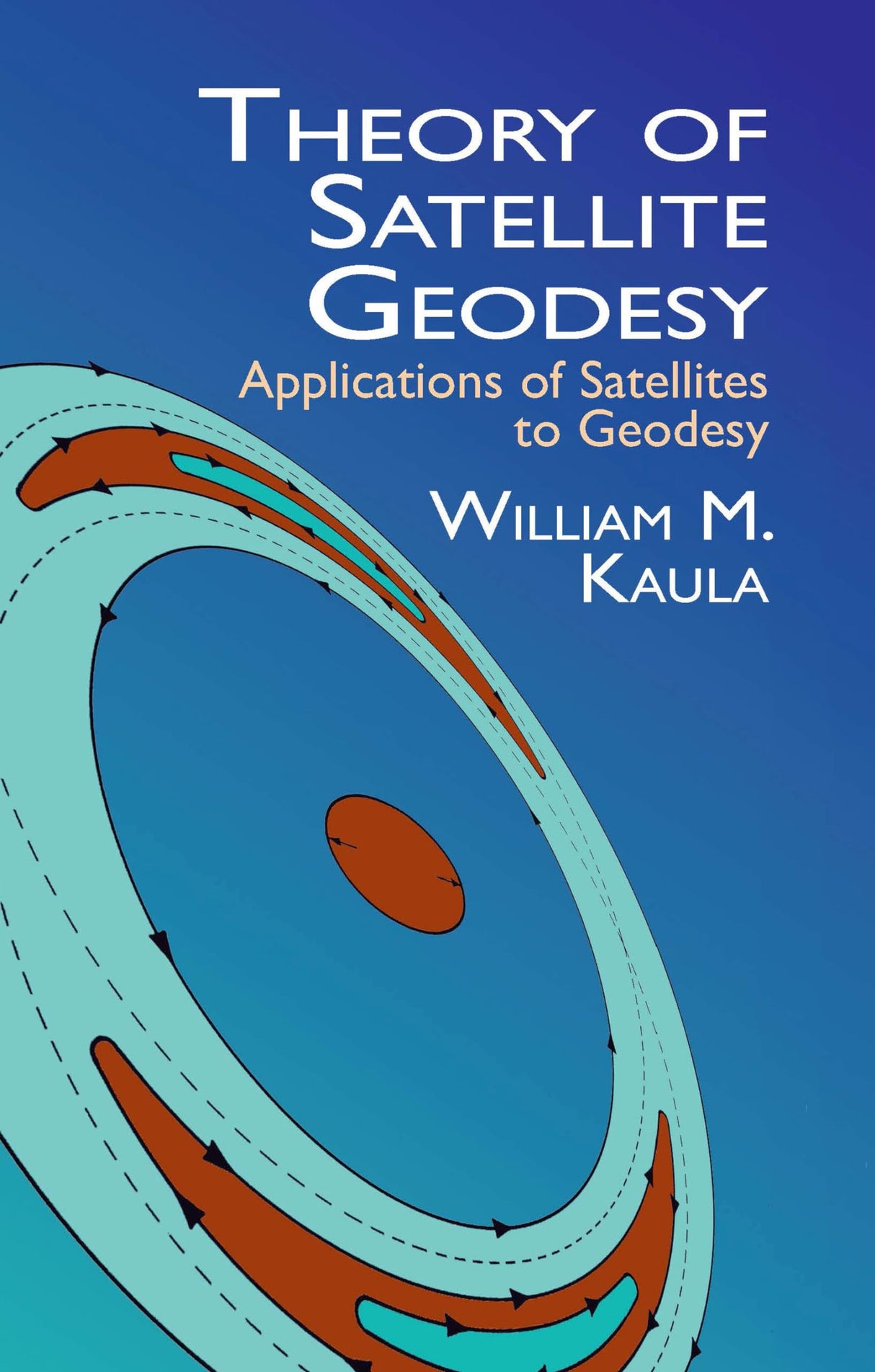Theory of Satellite Geodesy: Applications of Satellites to Geodesy (Dover Earth Science)
Theory of Satellite Geodesy: Applications of Satellites to Geodesy (Dover Earth Science) is backordered and will ship as soon as it is back in stock.
Couldn't load pickup availability
Genuine Products Guarantee
Genuine Products Guarantee
We guarantee 100% genuine products, and if proven otherwise, we will compensate you with 10 times the product's cost.
Delivery and Shipping
Delivery and Shipping
Products are generally ready for dispatch within 1 day and typically reach you in 3 to 5 days.
Book Details
-
Author: William M. Kaula
-
Publisher: Dover
-
Language: English
-
Edition: Reprint Edition
-
ISBN: 9780486414652
-
Pages: 140
-
Cover: Paperback
-
Dimensions: 8.4 x 5.4 x 0.5 inches
-
Format: Import
About the Book
"Theory of Satellite Geodesy: Applications of Satellites to Geodesy" by William M. Kaula is a classic text that demonstrates the use and development of Newtonian gravitational theory and Euclidean geometry in the context of Earth’s environment. This book is primarily focused on the mathematical techniques used in measuring the Earth through satellite technology, making it an essential resource for anyone studying satellite geodesy.
The book covers a variety of fundamental topics, including the Earth's gravitational field, spherical harmonics, and the potential of the ellipsoid. It also explores matrices and orbital geometry, as well as elliptic motion, linear perturbations, and resonance—key components of satellite orbit dynamics. Kaula goes further to explain the geometry of satellite observations, offering a detailed look at time, precise coordinate definitions, and observability conditions. Statistical implications and data analysis are also discussed, making this work a comprehensive guide to understanding the mathematical and physical foundations of satellite geodesy.
Assuming familiarity with basic physics and calculus, this book provides valuable insights into the theory behind satellite measurements of the Earth, bridging the gap between classical gravitational theory and modern satellite applications. This reprint edition remains a crucial reference for geodesists, physicists, and students interested in satellite-based measurement techniques.





